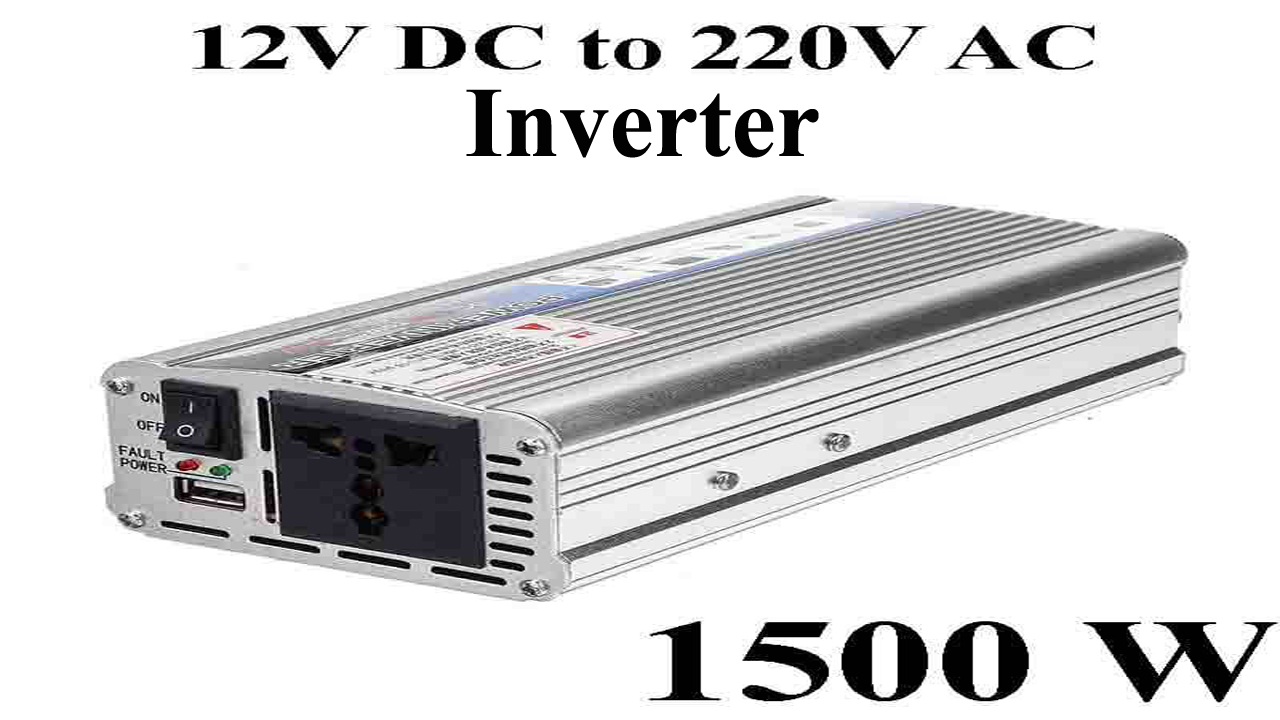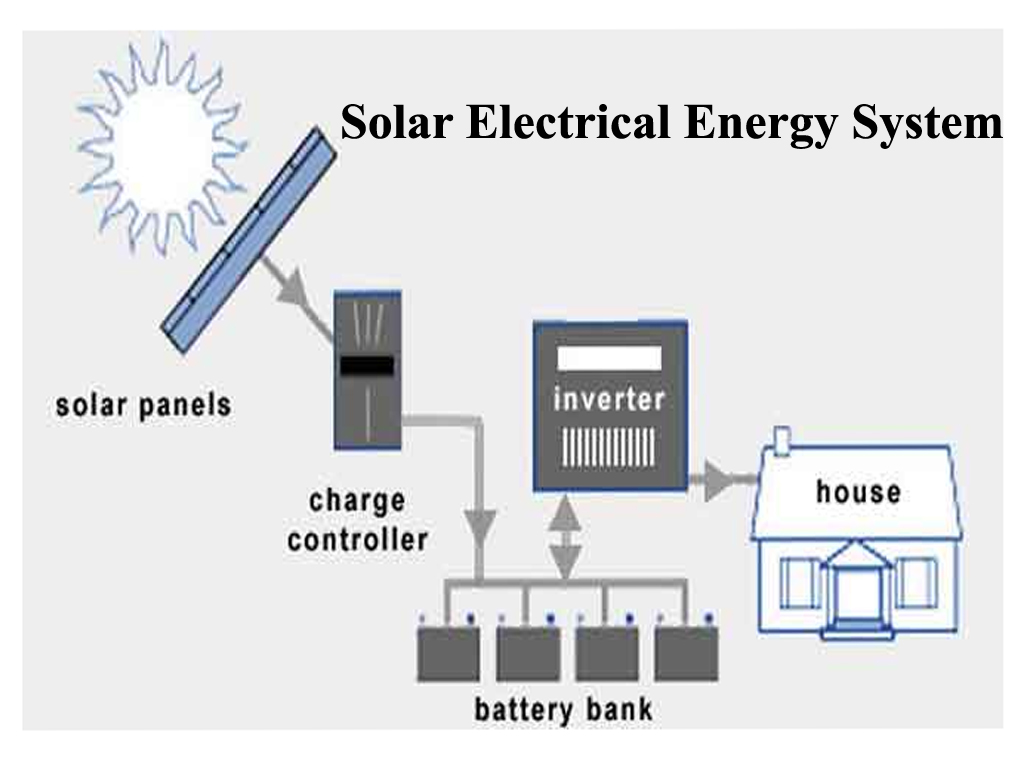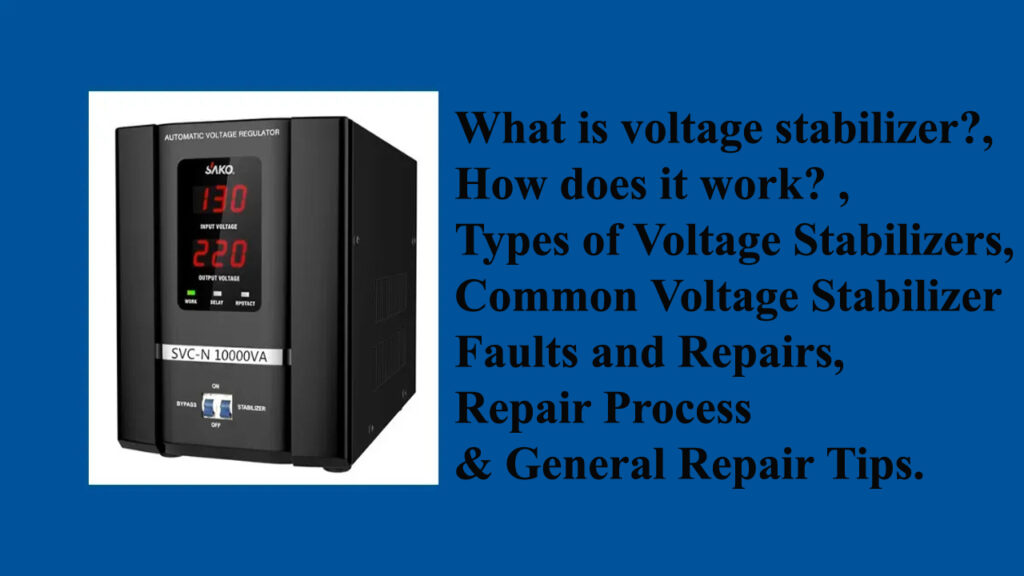Solar Home Systems (SHSs) have emerged as a vital solution for providing access to electricity in remote and off-grid areas, particularly in developing countries. These standalone systems harness the power of the sun to generate electricity, offering a clean and sustainable alternative to traditional energy sources like kerosene lamps and diesel generators. At the heart of a functional and reliable SHS lie two critical components: battery storage and inverter technologies. These elements work in tandem to ensure a consistent and usable power supply, even when sunlight is unavailable or when the demand exceeds the instantaneous generation.
What Is a Solar Home System?
A Solar Home Systems is a stand-alone photovoltaic (PV) setup designed to power a household independently of the traditional electric grid. A typical SHS includes:
- Solar Panels – to convert sunlight into direct current (DC) electricity.
- Battery Storage – to store excess energy for use during nighttime or cloudy weather.
- Charge Controller – to manage charging cycles and protect the battery.
- Inverter – to convert DC electricity into alternating current (AC) for use with standard appliances.
Together, these components enable a consistent, reliable energy supply—critical in both urban and rural settings where grid access is limited or unreliable.
Importance of Battery Storage in SHS
Battery storage is indispensable in SHSs due to the intermittent nature of solar energy. Sunlight is only available during the day, and its intensity fluctuates with weather conditions. Without a storage mechanism, the electricity generated by the solar panel would only be usable in real-time, severely limiting the functionality and convenience of the system. Batteries act as energy reservoirs, accumulating the excess electricity generated during periods of high solar irradiance and releasing it when needed, such as during nighttime or cloudy days.
2.1. Energy Storage Function
The sun is not always available — it sets at night, and weather conditions can reduce solar generation. Battery storage allows energy generated during peak sunlight hours to be stored and used later, ensuring 24/7 energy access.
2.2. Load Management
Batteries help in managing variable electricity demand. During high usage periods, stored energy supplements solar panel output, preventing power shortages or voltage drops.
2.3. Backup Power
In areas with unreliable grid supply or frequent outages, batteries serve as an essential backup system, enhancing energy security and reliability.
2.4 Energy Buffering:
Batteries smooth out the fluctuations in solar energy generation and load demand. They absorb excess power during peak generation and supply it during periods of low generation or high consumption.
Off-Grid Operation:
Batteries enable SHSs to function independently of the electricity grid. They provide a continuous power supply even when there is no access to the main grid, making them ideal for remote and rural areas.
Increased System Reliability:
By providing a backup power source, batteries enhance the reliability of the SHS. They ensure that essential appliances can continue to operate even during temporary dips in solar generation.
Load Management:
Batteries allow users to consume more energy than the solar panel can instantaneously provide. They can discharge stored energy to meet peak demands that exceed the panel’s current output.
Optimized Energy Utilization:
By storing excess energy, batteries prevent the wastage of potentially valuable solar power, maximizing the efficiency of the SHS.
Types of Batteries Used in Solar Home Systems
Several types of batteries are used in SHS, each with distinct advantages and limitations.
3.1. Lead-Acid Batteries
Historically, lead-acid batteries have been the dominant choice for SHSs due to their relatively low cost and mature technology. Within this category, flooded lead-acid batteries and sealed lead-acid batteries (including Absorbed Glass Mat – AGM and Gel Cell) are prevalent.
Pros:
- Low upfront cost
- Widely available
- Proven, reliable technology
Cons:
- Heavy and bulky
- Shorter lifespan (typically 2–5 years)
- Require maintenance (especially flooded types)
- Low depth of discharge (DoD)
Use case: Suitable for small SHS in rural or cost-sensitive areas.
3.2. Lithium-Ion Batteries
Lithium-ion batteries have gained significant traction in SHSs due to their superior energy density, longer lifespan, higher charge/discharge efficiency, and lighter weight compared to lead-acid batteries. Different lithium-ion chemistries exist, such as Lithium Iron Phosphate (LiFePO4), Lithium Nickel Manganese Cobalt Oxide (NMC), and Lithium Nickel Cobalt Aluminum Oxide (NCA). LiFePO4 batteries are particularly popular for SHSs due to their high safety, long cycle life, and thermal stability. While initially more expensive, the decreasing costs and long-term benefits of lithium-ion batteries are making them an increasingly attractive option for SHS applications.
Pros:
- Higher energy density
- Longer lifespan (5–15 years)
- Higher DoD (up to 90%)
- Low maintenance
- Faster charging
Cons:
- Higher initial cost
- Sensitive to high temperatures and overcharging
Use case: Ideal for modern, high-performance SHS or urban applications where space and reliability are key.
3.3. Emerging Technologies
Research and development are ongoing for other battery technologies that could potentially be used in SHSs in the future. These include flow batteries, sodium-ion batteries, and solid-state batteries, which promise improved performance, safety, and cost-effectiveness. However, these technologies are not yet widely commercially available for SHS applications.
Saltwater Batteries:
- Non-toxic, safe, recyclable, long-lasting
- Currently expensive and not widely available
Flow Batteries:
- Scalable and very long cycle life
- More common in larger systems than in SHS
Battery Sizing and Management
Battery size should be based on:
- Daily energy consumption
- Number of backup hours required
- Solar panel capacity
- Autonomy days (number of days the battery should provide power without sun)
A well-sized battery improves the lifespan and efficiency of the system. Additionally, Battery Management Systems (BMS) are critical for monitoring temperature, voltage, and current, especially in lithium-ion setups, to prevent overcharging or overheating.
Factors to Consider When Selecting Batteries for SHSs:
Choosing the appropriate battery technology and capacity for an SHS is crucial for its performance and longevity. Key factors to consider include:
- Energy Requirements: The daily energy consumption of the household or application determines the required battery capacity. It’s essential to account for the power rating and usage duration of all connected appliances.
- Depth of Discharge (DoD): This refers to the percentage of the battery’s capacity that can be safely discharged. Batteries with higher allowable DoD provide more usable energy and extend the lifespan.
- Cycle Life: This indicates the number of charge-discharge cycles a battery can withstand before its capacity significantly degrades. A longer cycle life translates to a longer operational lifespan and lower replacement costs.
- Charge and Discharge Rates: These parameters determine how quickly the battery can be charged and discharged. Higher rates are desirable for applications with fluctuating loads or limited sunlight hours.
- Operating Temperature: Battery performance and lifespan are affected by temperature. Extreme temperatures can significantly reduce efficiency and accelerate degradation.
- Maintenance Requirements: Some battery types require regular maintenance, while others are maintenance-free. The ease of maintenance is an important consideration, especially in remote locations.
- Cost: The initial cost of the battery is a significant factor, but it’s crucial to consider the total cost of ownership, including replacement costs and lifespan.
- Safety: Battery safety is paramount, especially in residential applications. Factors like thermal stability and resistance to overcharging and short circuits should be carefully evaluated.
- Environmental Impact: The environmental footprint of battery production, disposal, and recyclability is an increasingly important consideration.
The Role of Inverters in SHS
Inverters are the bridge between the DC power produced by the solar panels/battery and the AC power required by most household appliances. Their key functions include:
- DC to AC conversion
- Voltage and frequency regulation
- Synchronization with the grid (if grid-tied)
- Safety shutoffs in case of faults or overloads
Inverter Technologies in Solar Home Systems
The electricity generated by solar panels and stored in batteries is typically in the form of direct current (DC). However, most household appliances and electronic devices operate on alternating current (AC). An inverter is an essential component of an SHS that converts the DC power from the battery into usable AC power.
What Is a Solar Inverter?
A solar inverter is a key component of a solar power system. It converts the DC electricity generated by solar panels into AC electricity that can be used by home appliances or sent to the power grid.

Why Is It Needed?
Solar panels generate DC (direct current) power.
But your home (and the power grid) uses AC (alternating current).
So, the inverter acts like a translator, converting solar power into usable energy.
The primary functions of inverters in SHSs include:
- DC to AC Conversion: The fundamental role of the inverter is to transform the DC voltage from the battery into a stable AC voltage at the required frequency (e.g., 230V, 50Hz).
- Voltage Regulation: Inverters ensure that the output AC voltage remains within an acceptable range, protecting connected appliances from voltage fluctuations.
- Frequency Control: The inverter maintains the output AC frequency at a stable value, crucial for the proper operation of many electrical devices.
- Protection Features: Modern inverters often incorporate various protection mechanisms, such as overload protection, short circuit protection, over-temperature protection, and low battery voltage protection, to ensure the safety and longevity of the system and connected loads.
Types of Inverters Used in SHS
6.1. Pure Sine Wave Inverters
- Produce a clean, smooth waveform similar to utility-supplied electricity
- Essential for sensitive electronics (TVs, laptops, refrigerators)
Pros: High efficiency, appliance safety
Cons: More expensive
6.2. Modified Sine Wave Inverters
- Step-like approximation of sine wave
- May cause buzzing or overheating in some devices
Pros: Lower cost
Cons: Not suitable for sensitive electronics
6.3. Grid-Tied vs. Off-Grid Inverters
- Grid-tied: Syncs with the utility grid, can feed excess power back
- Off-grid: Works independently, often includes battery charging functions
Inverter Sizing and Efficiency
Choosing the right inverter size is crucial. If too small, it won’t handle peak loads. If too large, it may be inefficient at lower loads.
Factors to Consider When Selecting Inverters for SHSs:
Choosing the right inverter for an SHS is crucial for ensuring the reliable and efficient operation of connected appliances. Key factors to consider include:
- Power Rating: The inverter’s power rating must be sufficient to handle the total power consumption of all the AC appliances that will be connected simultaneously. It’s essential to consider the surge power requirements of some appliances, such as motors, which can draw significantly more power during startup.
Must be to consider:
- Total wattage of appliances
- Surge requirements (for motors, pumps, etc.)
- System voltage (12V, 24V, 48V)
- Output Waveform: The type of output waveform (square wave, modified sine wave, or pure sine wave) should be chosen based on the types of appliances that will be used. Pure sine wave inverters are generally recommended for a wide range of applications and sensitive electronics.
- Efficiency: The inverter’s efficiency indicates how much of the DC power from the battery is converted into usable AC power. Higher efficiency reduces energy losses and maximizes the utilization of the stored energy.
- Protection Features: The inverter should have adequate protection mechanisms to prevent damage to itself, the battery, and the connected appliances in case of overloads, short circuits, or other faults.
- Standby Power Consumption: Some inverters consume a small amount of power even when no AC loads are connected. Low standby power consumption is desirable to minimize energy wastage.
- Ease of Installation and Use: The inverter should be relatively easy to install and operate, with clear instructions and user-friendly interfaces.
- Cost: The cost of the inverter is a significant factor, and it should be balanced against its performance, features, and reliability.
- Certification and Standards: Ensure that the inverter meets relevant safety and performance standards.
Modern inverters often include built-in Maximum Power Point Tracking (MPPT) for optimal solar charging and hybrid features that allow connection to both grid and battery power.
Integration of Batteries and Inverters
Integrated systems, often referred to as hybrid inverters, combine inverter and battery management in a single unit. This simplifies installation, reduces wiring losses, and improves monitoring.
Advanced systems even allow:
- Smart energy management via apps
- Time-of-use optimization (charging batteries during low-cost hours)
- Remote diagnostics and control
Innovations and Trends
The landscape of battery and inverter technologies is evolving rapidly:
9.1. AI and Smart Systems
Smart SHS can now optimize energy usage using artificial intelligence, predicting usage patterns and adjusting inverter output accordingly.
9.2. Second-Life Batteries
Repurposing EV batteries for SHS use is gaining attention as a sustainable and cost-effective solution.
9.3. All-in-One Solar Kits
Pre-assembled kits with plug-and-play inverters and lithium batteries are simplifying SHS deployment, especially in rural electrification programs.
Challenges and Considerations
Despite advances, there are challenges:
- Affordability: Lithium-ion batteries and advanced inverters can be cost-prohibitive
- Recycling and Disposal: Lead-acid batteries pose environmental risks if not handled properly
- Quality Assurance: Low-quality inverters or poorly sized batteries can shorten system life
Governments, NGOs, and private companies must ensure quality standards, training for installation, and after-sales support to make SHS truly sustainable.
Extra Features in Modern Solar Inverters:
Wi-Fi connectivity for monitoring via apps
MPPT (Maximum Power Point Tracking) to maximize efficiency
Safety shutoffs for emergencies or grid outages
Conclusion
Battery storage and inverter technologies are the backbone of any Solar Home System. While solar panels gather energy, it is the batteries that store it and the inverters that make it usable. With technological advancements and falling prices, these components are becoming more efficient, smart, and accessible.
As the world transitions to clean energy, improving these technologies and expanding their reach — especially to under served populations — will be key to ensuring energy equity, resilience, and sustainability.

